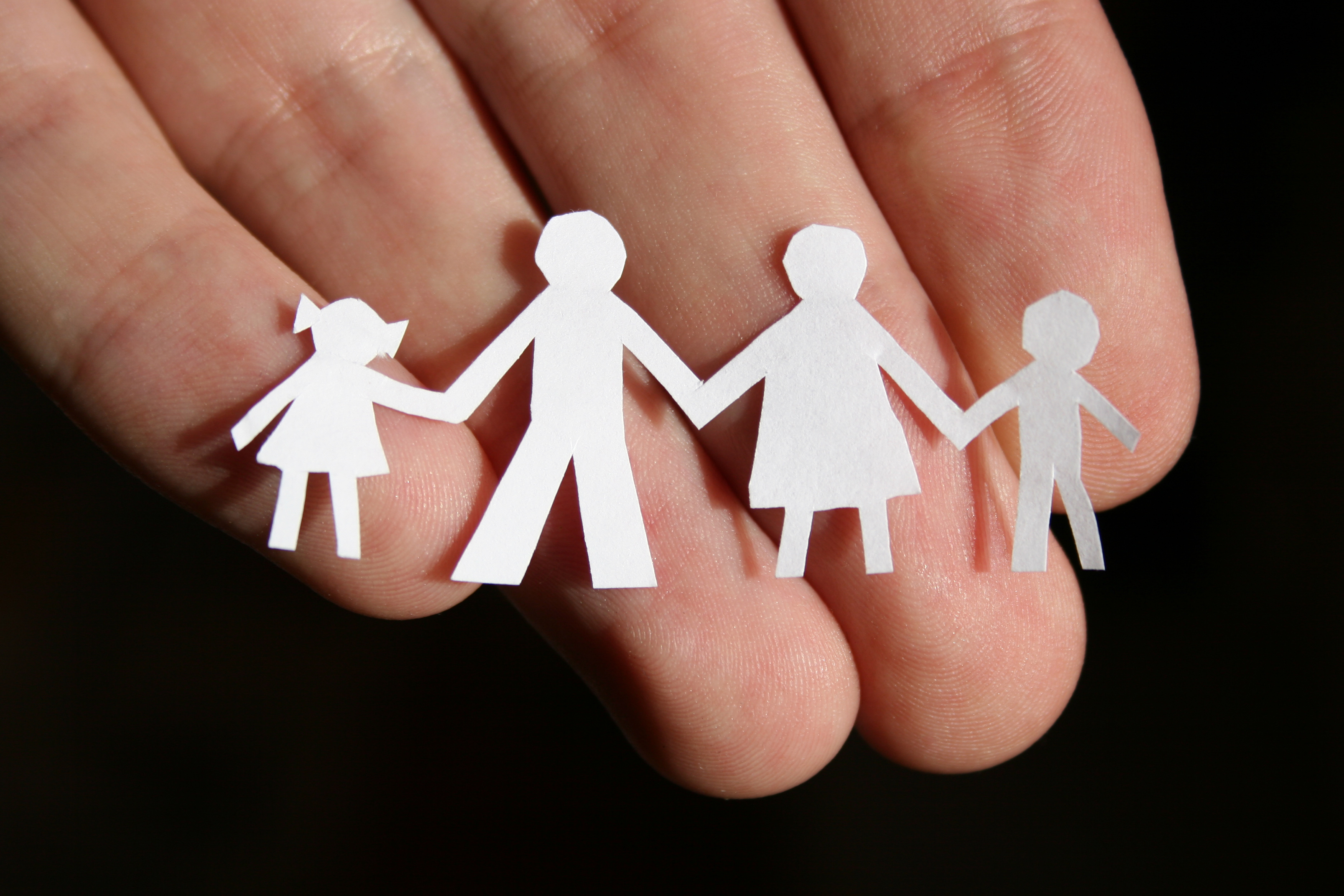
By Heather Cameron
Every adopted child in the UK should have a life story book – an account of a child’s life in words, pictures and documents containing information on the child’s birth family, care placements and reasons for their adoption – which is given to them and their new family when preparing for a permanent placement.
Local authorities have a statutory duty to create life story books for all adopted children, providing them with a sense of identity and understanding of their early life before adoption. They are a well-established practice in the UK and most local authorities provide guidance on preparing them.
However, research has found that the quality of life story books varies hugely.
Variation in quality
The research, conducted by the Voluntary Adoption Agency, Coram, in collaboration with the University of Bristol, focused on adopters’ perspectives on their children’s life storybooks, which it identified as lacking from the academic literature.
Although adopters welcomed the idea of life story books, they were critical of their execution. And despite accounts of positive experiences, there was a broad consensus that:
- many books were of poor quality;
- children had been poorly prepared to explore their histories;
- adoption professionals and agencies did not seem to prioritise life storybooks; and
- adopters felt poorly prepared in how to use and update life storybooks with their children.
While 40% of adoptive parents said their books were ‘good’ or ‘excellent’, a third said they were ‘terrible’.
Issues were raised around lack of communication, opportunity to provide input and what was included in the books. One adopter said “We did not have the opportunity to discuss but what I would have said was this is rubbish – all of it is rubbish”. Another said “I can never show my daughter hers because there is stuff in there that I don’t ever what her to see”.
Another theme to emerge was an excessive focus on the birth family, foster family or social worker rather than the child, and the use of inappropriate language.
For those who regarded their books in a positive light, they believed the story was told well, was age appropriate and honest, and didn’t construct a ‘fairy tale’ that would give the child an unrealistic view.
Invaluable
For adopted children, life story books can be key to providing details of their history and background, providing continuity in their life histories and preparing them for a permanent placement.
Often, they are the only thing an adopted child has by way of personal, accurate and detailed information on their past. As one mother commented on the importance of birth photos, “It’s all they have left of their own babyhood”.
Done well, they can be invaluable, as described by one adopter:
‘a good quality life storybook builds a bridge back to that huge part of her that we didn’t see and it is her main link to her past’
It has therefore been argued that life story work should be prioritised and appropriate support provided.
Ingredients for success
Coram’s research highlighted several key things for successful life story work; one being having staff dedicated to life story work.
Bournemouth has been highlighted as an example of good practice for their life story work. Their separate adoption department appointed a dedicated family support practitioner to take on responsibility for the life story books for children adopted in Bournemouth.
In 2012, the council received an ‘outstanding’ rating by Ofsted and was named as joint adoption service of the year.
Also highlighted by the research, was that gaps in the narrative were not helpful, and support for adopters is paramount, as is training for social workers.
To improve the quality of life story work across the board, Coram’s report urges adoption agencies to make considerably better use of life story books and invest in improved training for professionals, while monitoring the quality of books produced and providing better access to support and guidance for adopters to engage in such important work with their children over time.
Bournemouth illustrates the importance of doing life story work well. And as the research concludes, “linking a child’s past and present is crucial ‘bridging’ work in enabling permanence in placements”.
If you enjoyed reading this, you may also like our previous articles on kinship carers and the value of foster care.
Follow us on Twitter to see what developments in public and social policy are interesting our research team.
Share
Related Posts
By Donna Gardiner While free school meals (FSM) have been available in England on a means-tested basis since 1944, recent years have seen a renewed focus upon the potential benefits of providing free school meals to all school-aged children. Currently, ....
Today sees the start of Community Garden Week 2023. Across the UK, communities will be celebrating the many and varied types of community gardens, from children’s and neighbourhood gardens to therapy gardens and allotments. The benefits of community gardens are ....
By Hollie Wilson At the start of 2020, an independent review was published setting out what needed to be done to bring about changes to the care system for children and young people in Scotland. At the heart of the ....
The “No Wrong Door” (NWD) programme means exactly that – there is no wrong door to turn to for young people seeking support. NWD works on several core principles, which include working with young people’s birth family or guardians, allowing ....
